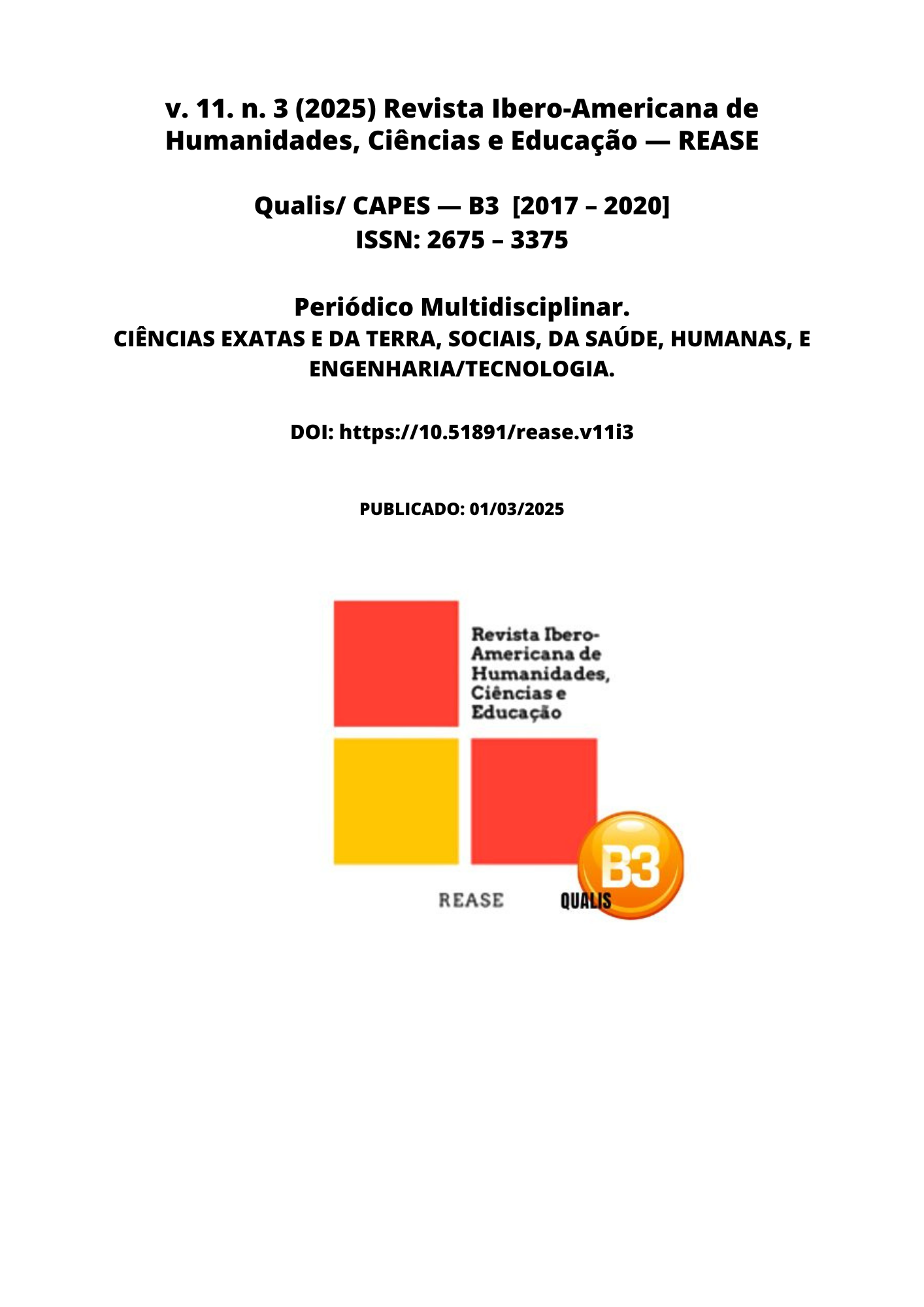CONSUMPTION OF MEDICINES BY STUDENTS TO COPE WITH EVERYDAY LIFE AT UNIVERSITY
DOI:
https://doi.org/10.51891/rease.v11i3.18324Keywords:
Medicines. University students. Mental helath. Anxiety.Abstract
Background. The aimed research to invastigate the relationship between medicine consumption by university students and possible sociocultural factors, outlining the profile of students and classsifying the main causes that lead to use. Methods. This is descriptive and analytical research, with a quantitative and qualitative approach. The use of statistical data was calculated by SPSS software. A survey was administered in person with direct questions and other open questions that were transcribed, classified and typed into categories. Results. Almost half of students use medication to cope day-to-day life at university. Analgesics, stimulants, herbal medicines and muscle relaxants were the main medications. These have been used to mitigate symptoms of emotional tensions experiencied in the university environment. The main reasons that led students to use medication: 30% were anxiety and stress, 26,9% were pain, 14,4% were demands of the university such as charges, exams and classes, 10,6% were insomnia and sleep disorders. Conclusion. The consumption of madicines to cope with everyday life at university is na indicator of the physical and mental health conditions for university students. It was possible demonstrate that emotional tensions are directly or indirectly related to the problems of the university and its sócio-cultural context.
Downloads
Downloads
Published
How to Cite
Issue
Section
Categories
License
Atribuição CC BY

